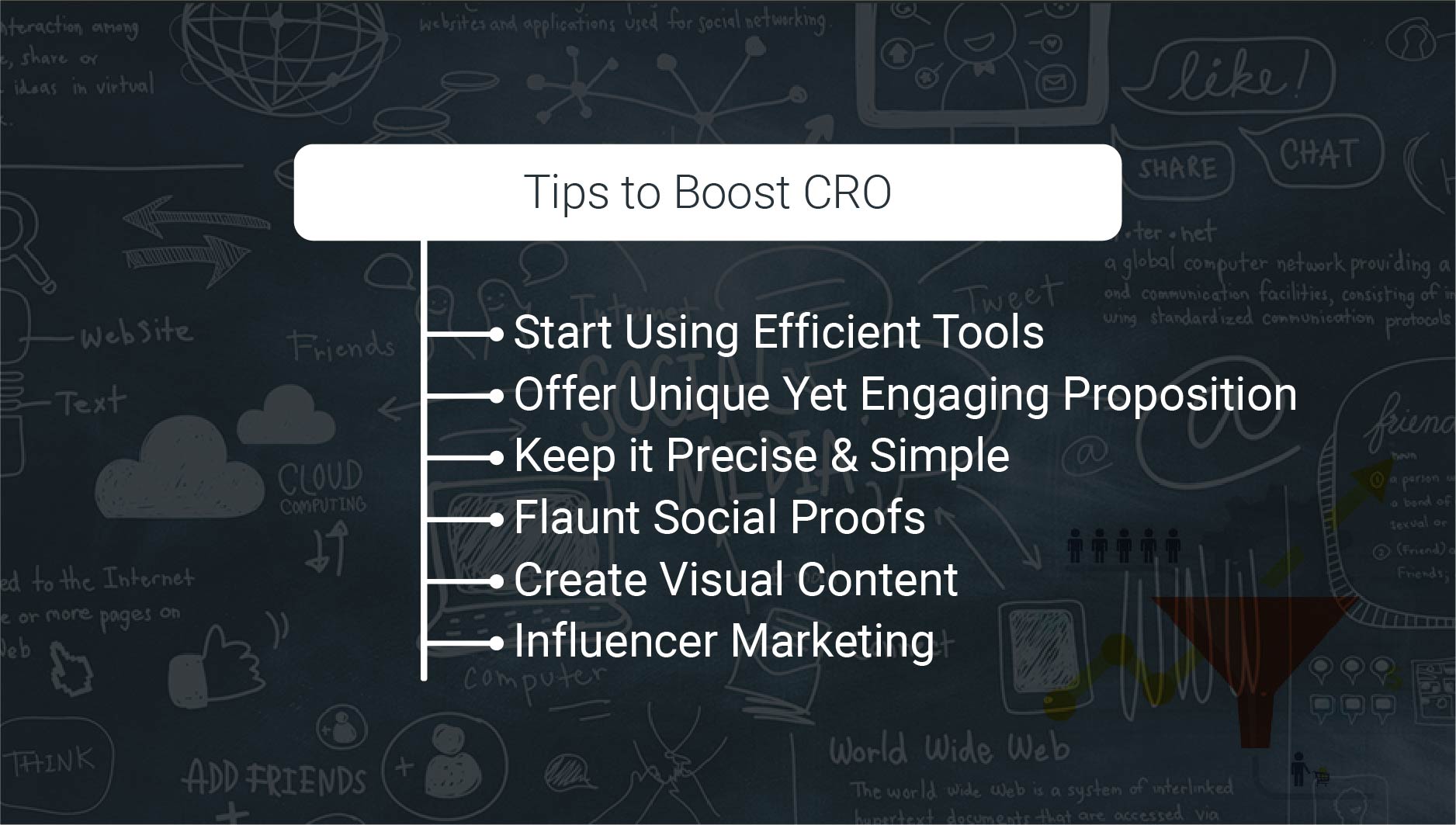- milkyway
- 04 Feb 2019
- 28,102
The Evolution Of SEO Over The Last 25 Years
Search engines have constantly been evolving and growing since the inception of Google in 1998. Back then search engines operated as directories and stored information from various fields, however, it could not show any current updates.
A quarter-century later, SEO has evolved into a structure that creates valuable and relevant relationships with users.
Today the generation of knowledge-hungry individuals are connected through SEO because of its focus on personalized, relevant, engaging and accessible content. Question is, how has SEO changed over the past 25 years to become what it is today?
The Inception (1991 to 2002)
When the internet first came onto the market, there was no way of organizing information that was presented on websites. This was the reason Search Engine Optimization was created.
Companies created forms and grouped information based on major words. In 1993, Excite transformed the way data was organized by using keywords and context information. Excite’s success prompted competitors like Google and Yahoo to enter this domain in 1997 and 1994 respectively.
Those days keyword stuffing and redundant back links influenced SEO rankings a lot more than they do today. Companies used such methods largely because it would take weeks or months for algorithms to be completely updated.
Of course, these days such techniques would only harm website rankings due to Google’s efficiency with updating algorithms and extensive regulations in their search engines.
A Level Playing Field (2003 – 2005)
In the wake of such unethical SEO practices, Google took it upon itself to level the playing field for everyone so that more information could be seen and acknowledged. Thus began the era of Google penalizing websites that used black hat techniques. Along with that search engines also began providing a more personalized experience to its users.
This personalization included maps, store hours, locations, contact information, etc. These properties all together were called Local SEO and immensely improved how the information presented was useful.
This kind of personalization led to a new age of search engine optimization:
The Responsive Era (2006 – 2009)
This era was marked by a time when the content that Google provided started to become interactive. This was done with the help of real-time updates in the form of news or social media.
Google also started using historical data like keyword searches and search history to create an even more personalized experience. With the use of Google Trends and Google Analytics, optimizing became even better and could be targeted specifically to certain individuals.
Such user-focused SEO was the foundation of creating more personalized web experiences. This led to the biggest revelation of all – content is king.
Content Is King (2010 – 2012)
During this time the SEO landscape saw a massive change which forced brands to earn ranking with the help of quality user-centric content.
Google rolled out major updates that imposed stricter rules on keywords, quality of content, and over-optimization. Brands that did not follow these rules like J.C. Penney and Overstock, were heavily penalized and dragged through the mud to set an example.
These new regulations brought in new search features that specifically targeted the growth of curiosity, accessibility, and social connections. Google’s Knowledge Graph introduced panels in search engine results pages (SERPs) that offered immediate answers without the users having to dig through content.
Google Instant and Google Suggest expanded to improve user experience by displaying results as the query was being typed.
It was during this time that Google+ was born and provided a +1 button that played a huge role in boosting content visibility.
Therefore, began an era where every SEO company started developing valuable and shareable user-focused content to successfully optimize their website. By sharing content on social media, websites received backlinks and engagement built their authority.
All of these updates and trends lead to a fast, personalized and engaging web experience that we know today.
Modern Ages (2013 – Today)
In this era, every best SEO company knows that content needs to be segmented and optimized for device and users, offers higher opportunities for websites to increase their authority with the help of long tail keywords and link building.
Along with the above, websites need to be mobile friendly, or they suffer great losses in their rankings. Rightly so since the world has moved towards mobile, having a website that is optimized for all kinds of devices makes it user-friendly and readily accessible to everyone.
Even though over the years SEO has seen numerous improvements, there are still issues that have begun arising.
As search engines and social media strive to create more personalized and optimized user experiences, individuals cry out due to their lack of privacy and security.
Work is constantly being done on how to prevent search engines from knowing every detail of your internet search history, but until then we wait.










